Dina Gottliebova Babbitt
The Auschwitz prisoner who survived by painting
Dina Gottliebova Babbitt
1923–2009
In March 1944, Dr. Josef Mengele, the notorious “Angel of Death” at Auschwitz, decided he wanted a visual record of the death camp’s Gypsies as evidence of their “racial inferiority.” So he asked a young Czech Jewish prisoner, an artist named Dina Gottliebova, to paint their portraits, in exchange for her life. Gottliebova declared she would walk into the camp’s electrified fence if her mother were not spared as well. Mengele agreed.
The Week
Escape your echo chamber. Get the facts behind the news, plus analysis from multiple perspectives.

Sign up for The Week's Free Newsletters
From our morning news briefing to a weekly Good News Newsletter, get the best of The Week delivered directly to your inbox.
From our morning news briefing to a weekly Good News Newsletter, get the best of The Week delivered directly to your inbox.
Gottliebova had been a teenage art student when she was sent to the concentration camp at Theresienstadt and then Auschwitz, said The New York Times. There, she drew Mengele’s attention after “she tried to cheer the children by painting a mural of a Swiss mountainside and Snow White and the Seven Dwarfs.” After two months, Gottliebova had completed about 11 portraits, whereupon “all of the camp’s Gypsies were killed.” Mengele then forced her to paint gruesome medical procedures. Liberated in 1945, Gottliebova went to Paris and “interviewed for a job as an animator for Warner Bros. She married her interviewer, Art Babbitt, who, remarkably, had worked on Disney’s Snow White and the Seven Dwarfs.”
In 1973, “out of the blue,” the Auschwitz museum notified her that it had six of her paintings, said the Los Angeles Times. A “stunned” Babbitt launched a campaign to retrieve them, “winning a supportive U.S. congressional resolution.” But the museum never relinquished the works, maintaining that they were museum property. Until her death last week from cancer, Babbitt disagreed. “They belong to me, my soul is in them, and without these paintings I wouldn’t be alive, my children and grandchildren wouldn’t be alive,” she said. “Who else’s could they be?”
A free daily email with the biggest news stories of the day – and the best features from TheWeek.com
-
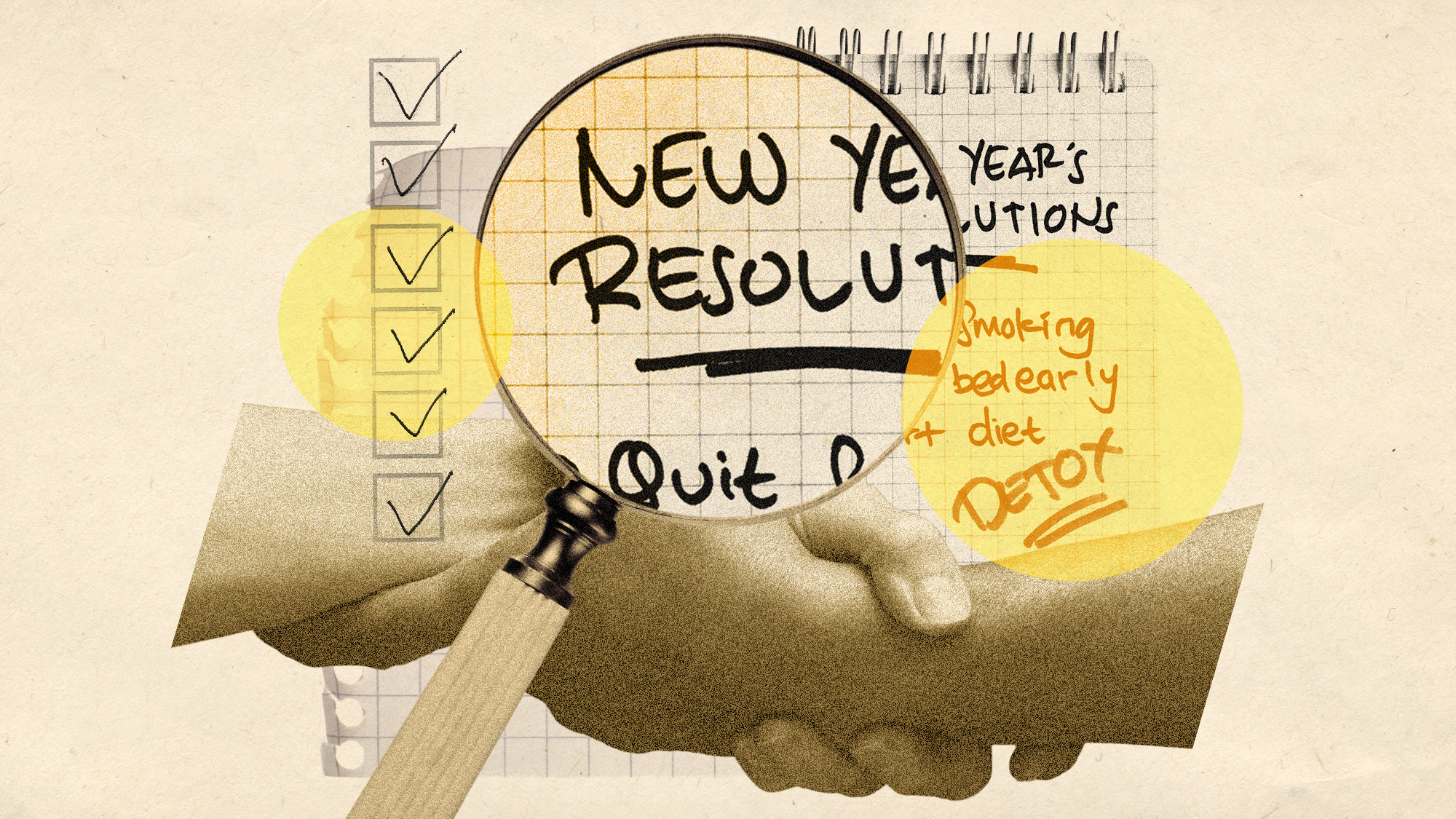 Why are micro-resolutions more likely to stick?
Why are micro-resolutions more likely to stick?In the Spotlight These smaller, achievable goals could be the key to building lasting habits
-
 What will happen in 2026? Predictions and events
What will happen in 2026? Predictions and eventsIn Depth The new year could bring peace in Ukraine or war in Venezuela, as Donald Trump prepares to host a highly politicised World Cup and Nasa returns to the Moon
-
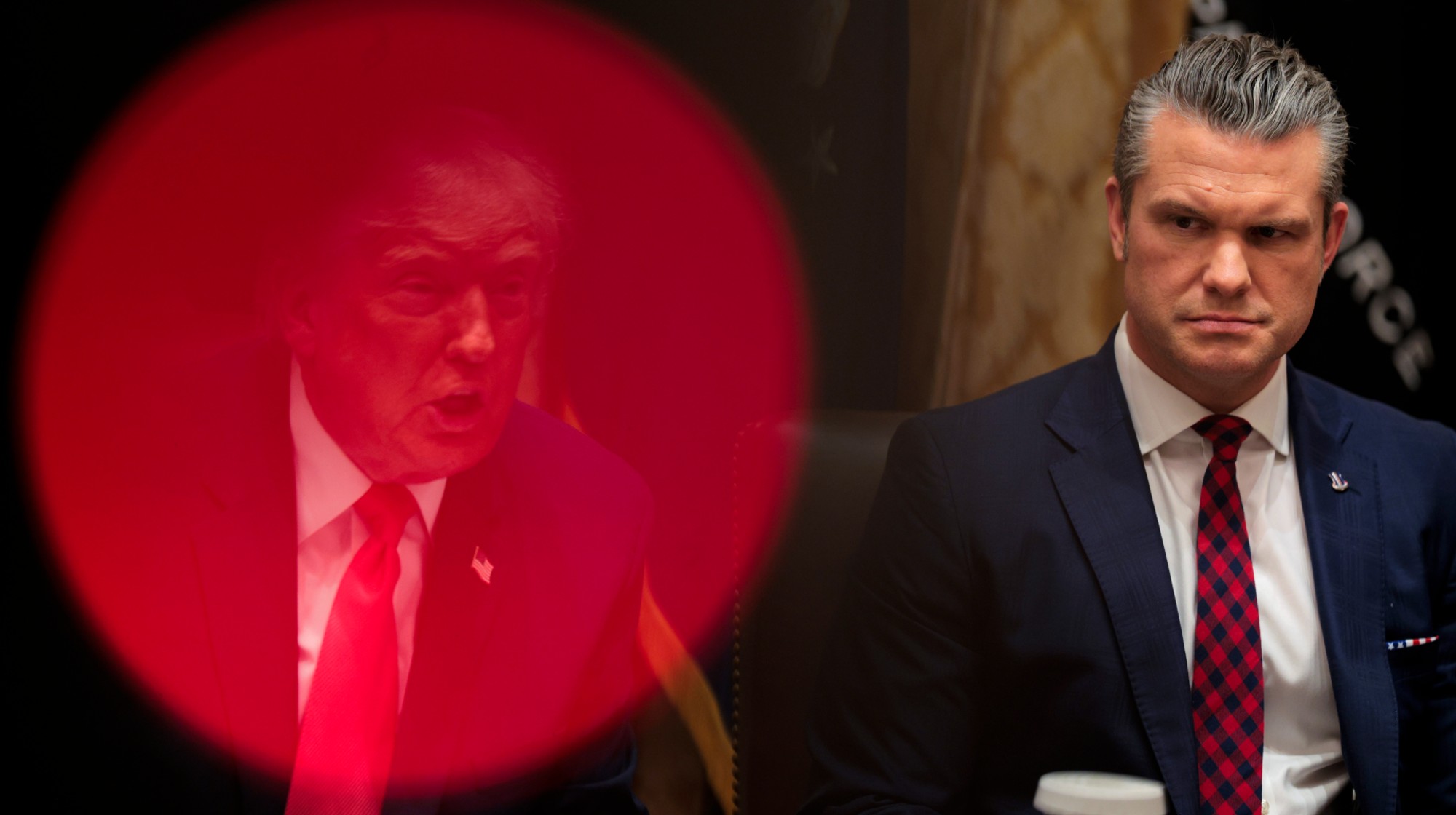 Why is Trump’s alleged strike on Venezuela shrouded in so much secrecy?
Why is Trump’s alleged strike on Venezuela shrouded in so much secrecy?TODAY'S BIG QUESTION Trump’s comments have raised more questions than answers about what his administration is doing in the Southern Hemisphere
-
 Joanna Trollope: novelist who had a No. 1 bestseller with The Rector’s Wife
Joanna Trollope: novelist who had a No. 1 bestseller with The Rector’s WifeIn the Spotlight Trollope found fame with intelligent novels about the dramas and dilemmas of modern women
-
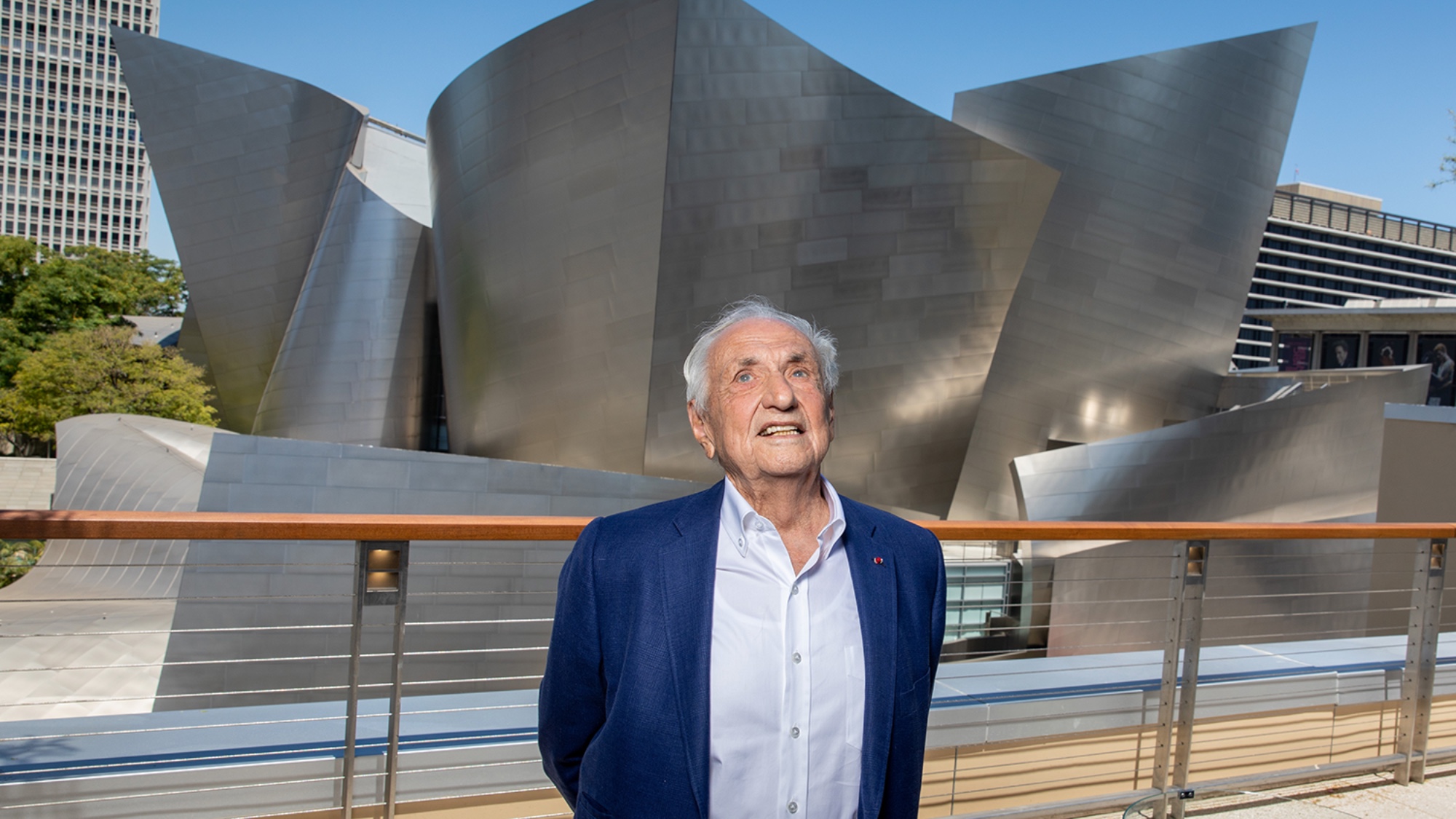 Frank Gehry: the architect who made buildings flow like water
Frank Gehry: the architect who made buildings flow like waterFeature The revered building master died at the age of 96
-
 R&B singer D’Angelo
R&B singer D’AngeloFeature A reclusive visionary who transformed the genre
-
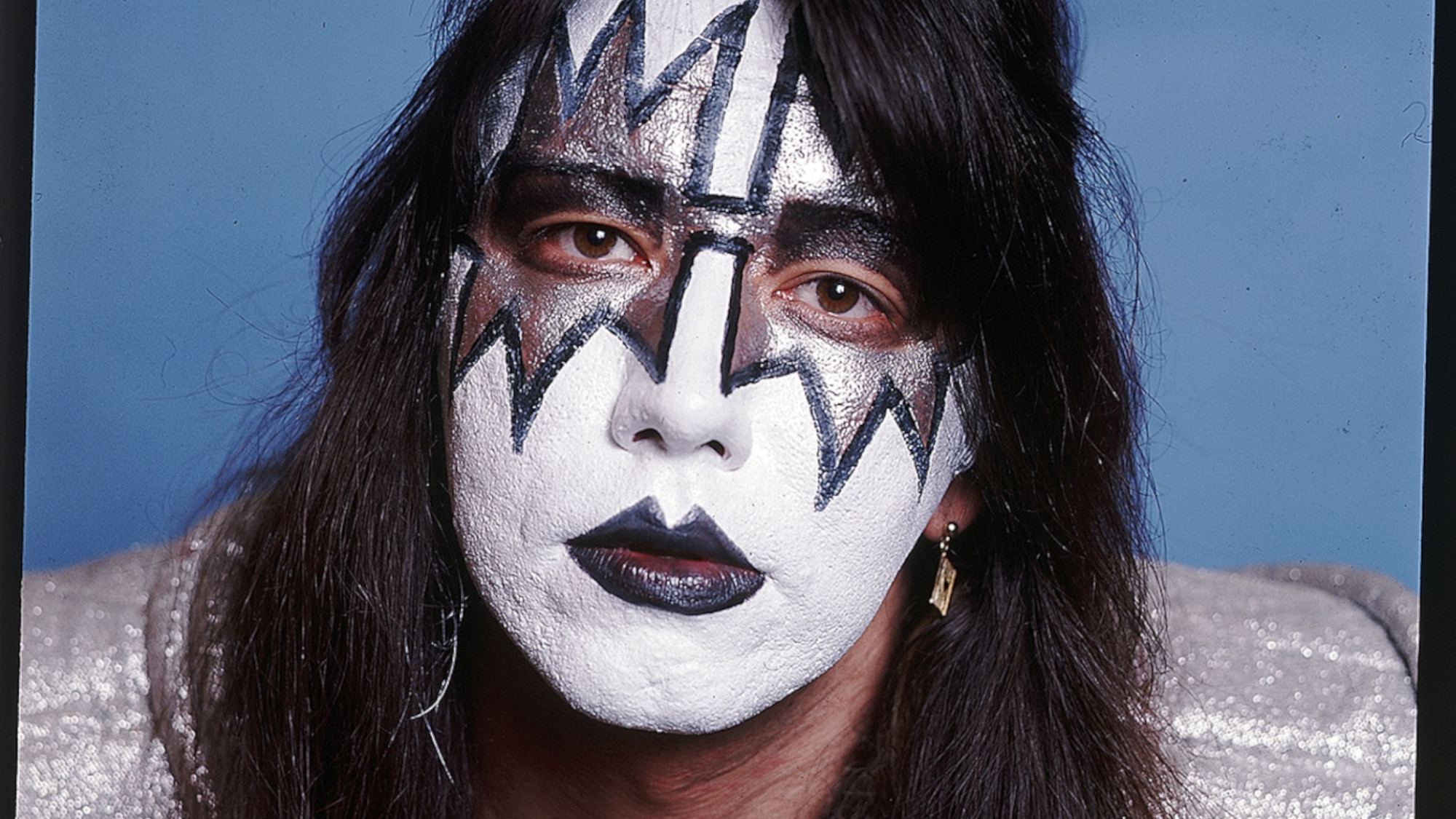 Kiss guitarist Ace Frehley
Kiss guitarist Ace FrehleyFeature The rocker who shot fireworks from his guitar
-
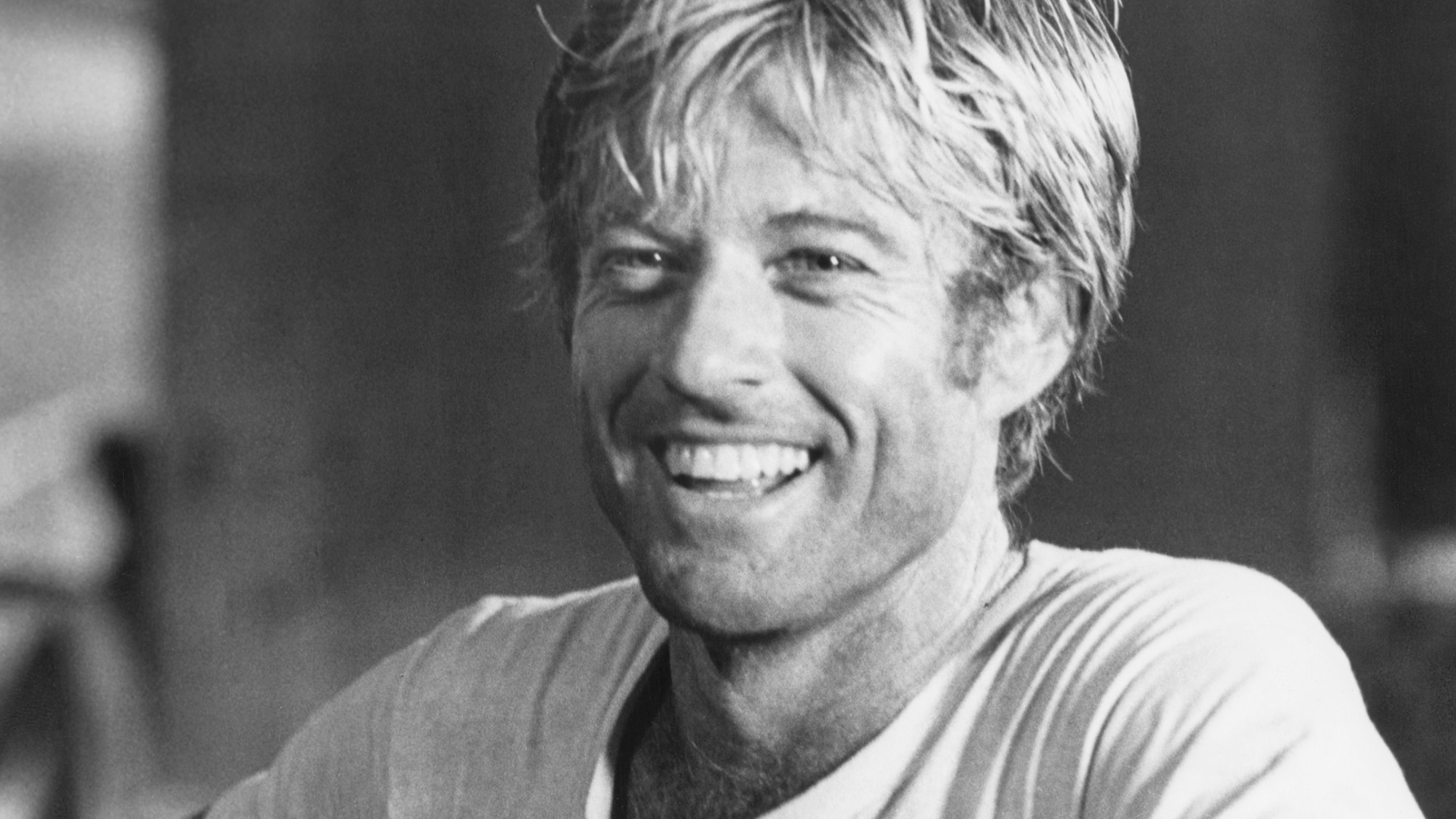 Robert Redford: the Hollywood icon who founded the Sundance Film Festival
Robert Redford: the Hollywood icon who founded the Sundance Film FestivalFeature Redford’s most lasting influence may have been as the man who ‘invigorated American independent cinema’ through Sundance
-
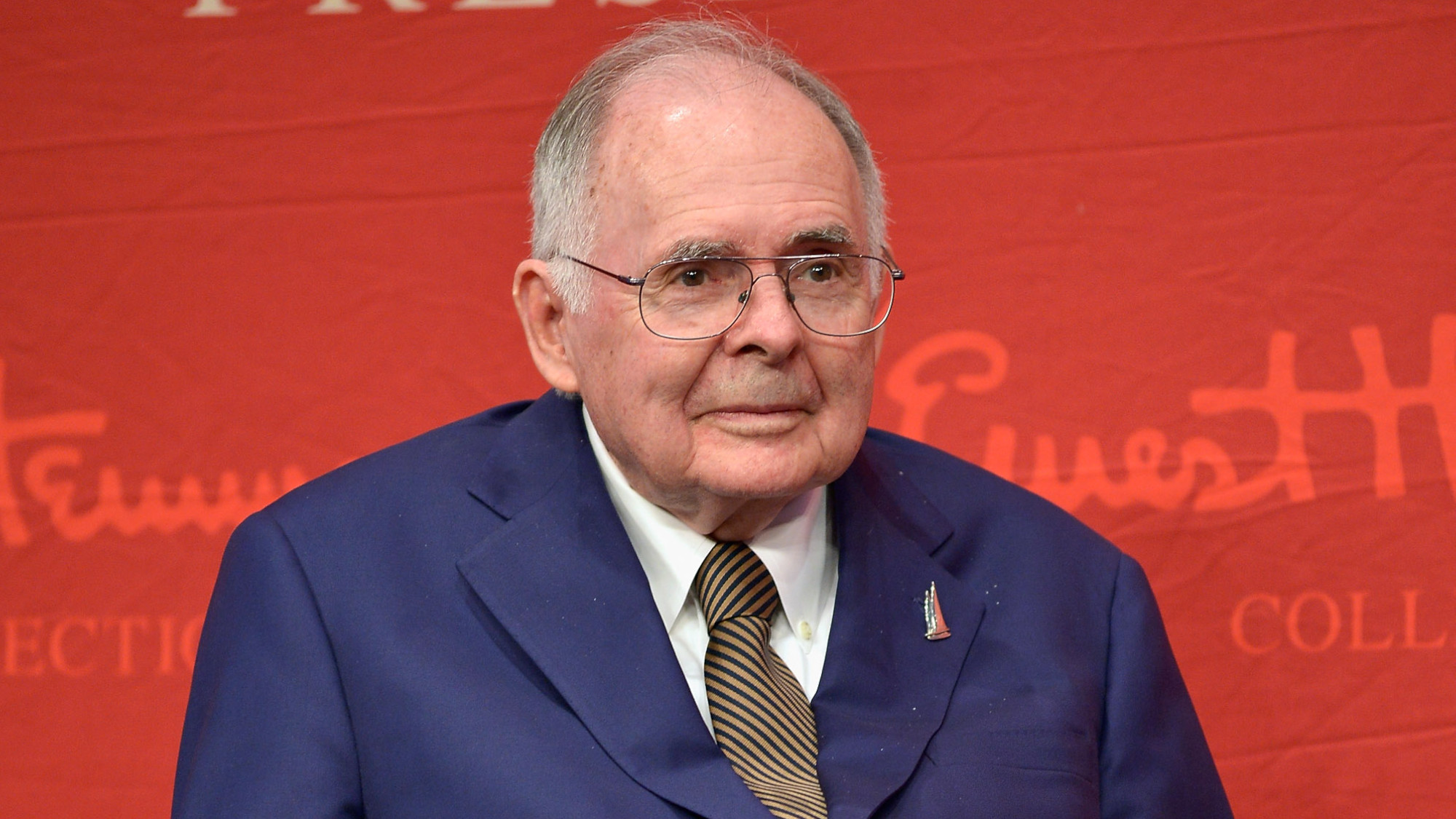 Patrick Hemingway: The Hemingway son who tended to his father’s legacy
Patrick Hemingway: The Hemingway son who tended to his father’s legacyFeature He was comfortable in the shadow of his famous father, Ernest Hemingway
-
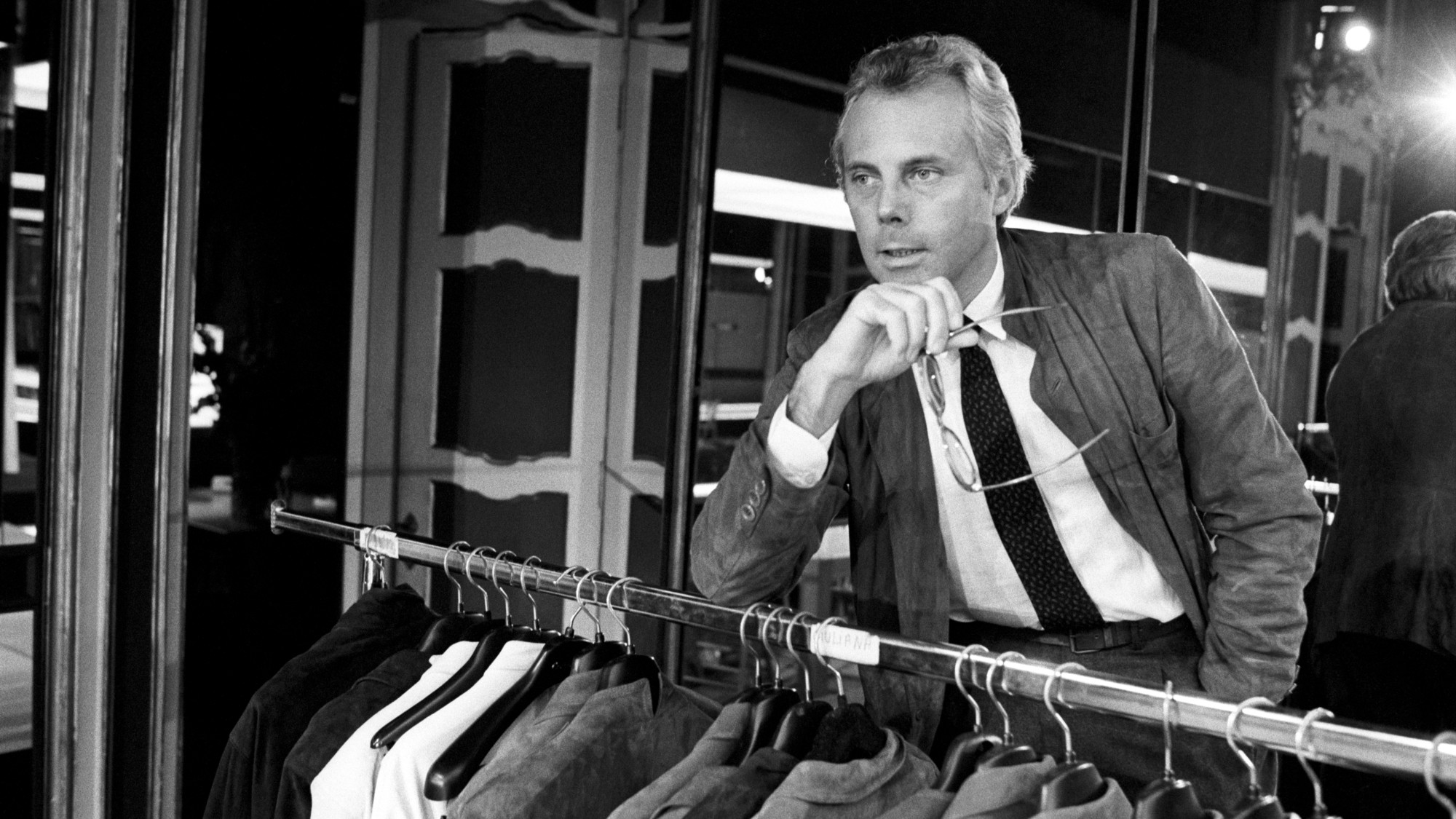 Giorgio Armani obituary: designer revolutionised the business of fashion
Giorgio Armani obituary: designer revolutionised the business of fashionIn the Spotlight ‘King Giorgio’ came from humble beginnings to become a titan of the fashion industry and redefine 20th-century clothing
-
 Ozzy Osbourne obituary: heavy metal wildman and lovable reality TV dad
Ozzy Osbourne obituary: heavy metal wildman and lovable reality TV dadIn the Spotlight For Osbourne, metal was 'not the music of hell but rather the music of Earth, not a fantasy but a survival guide'